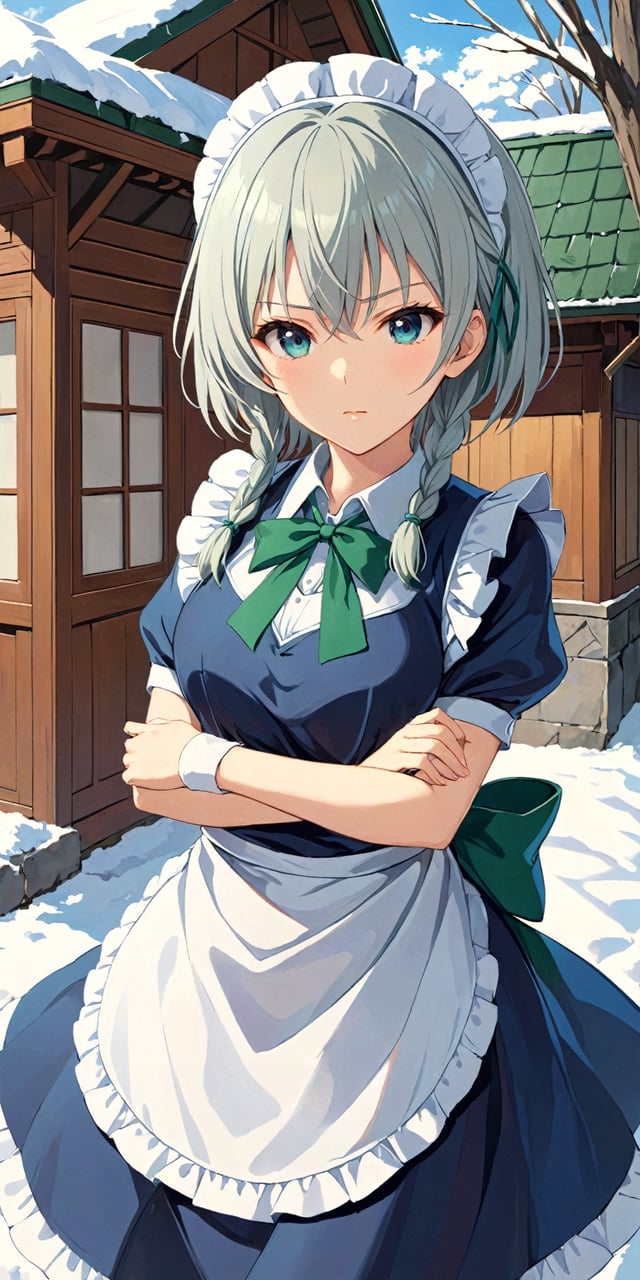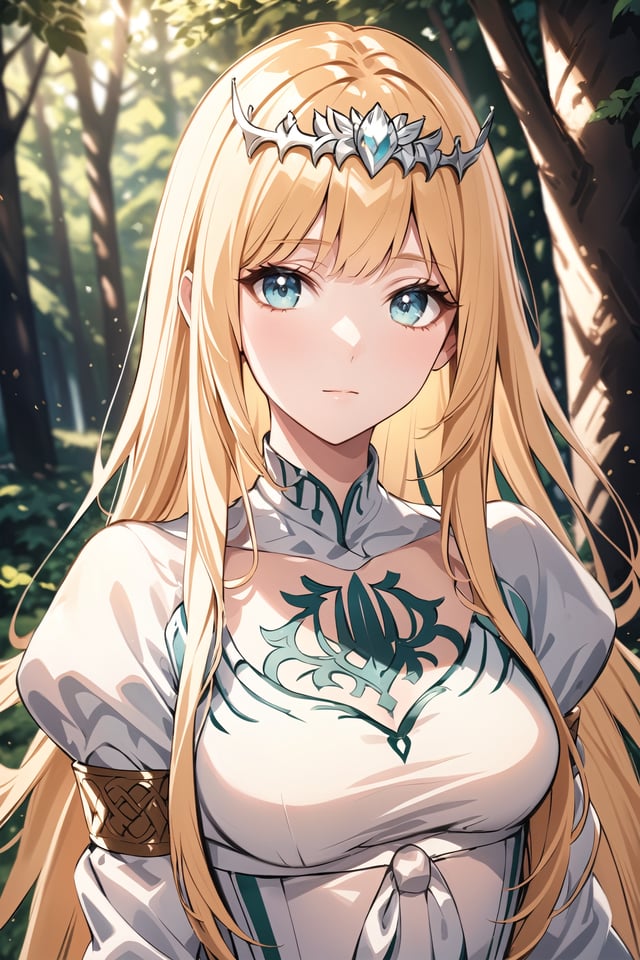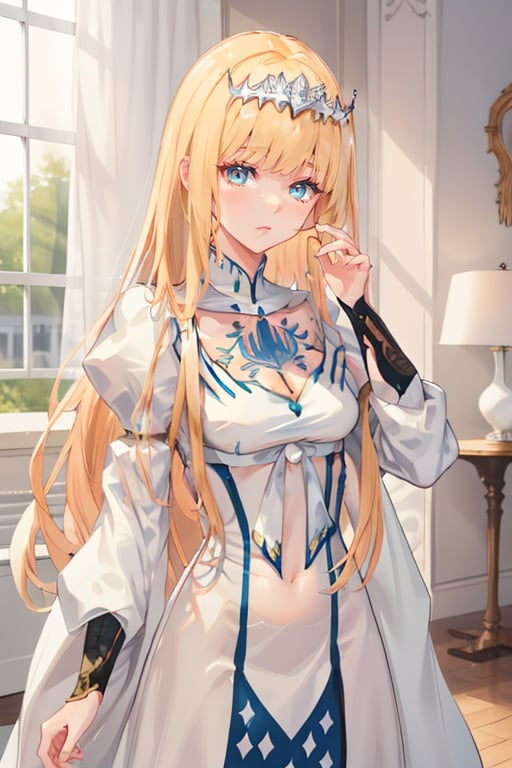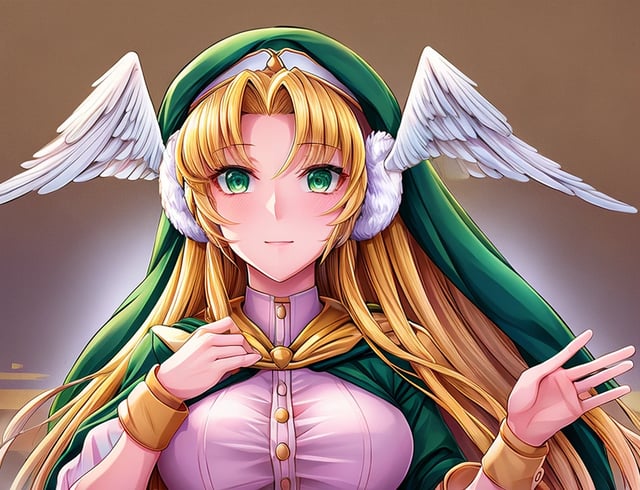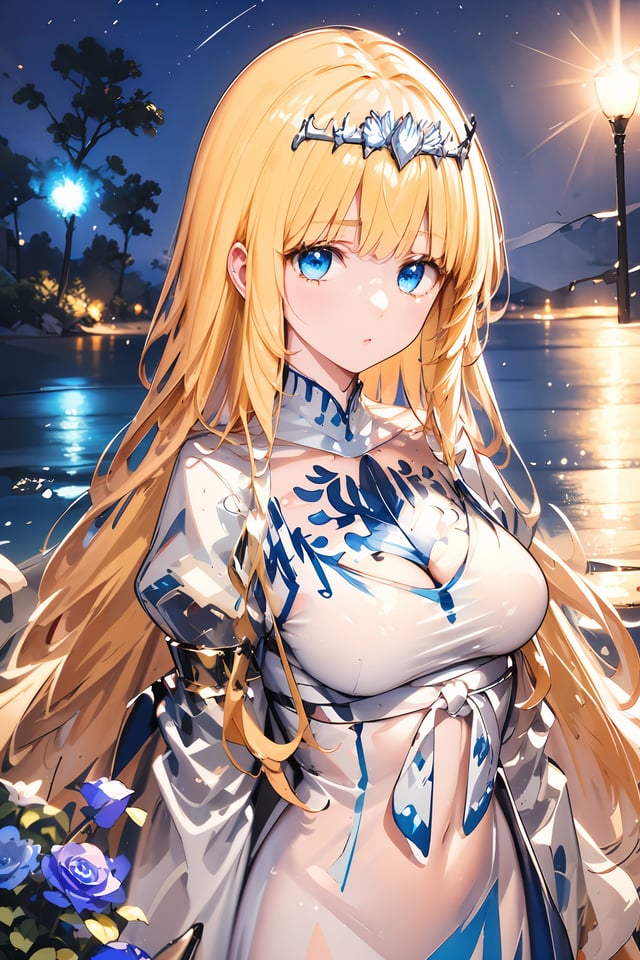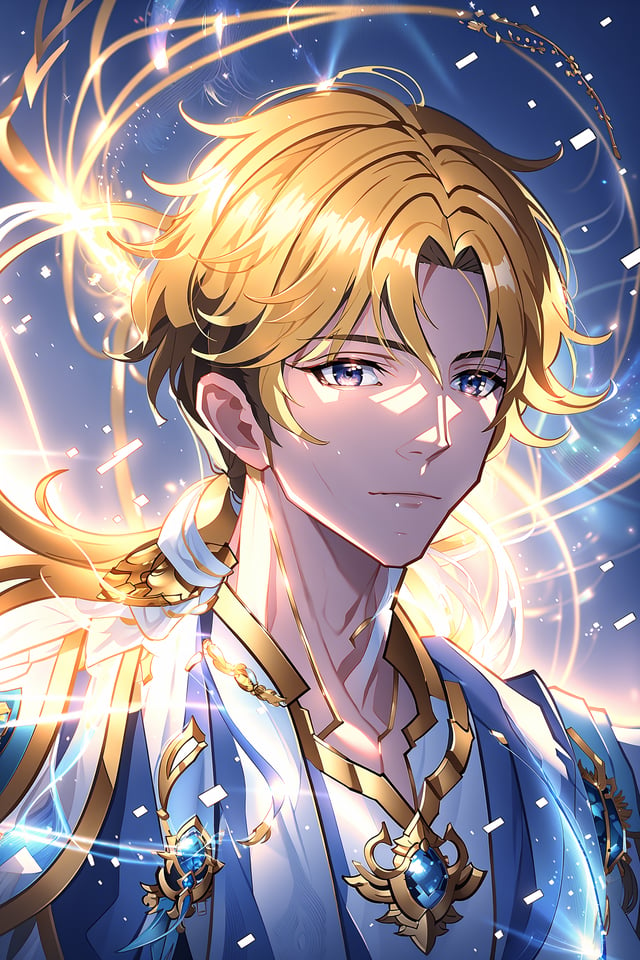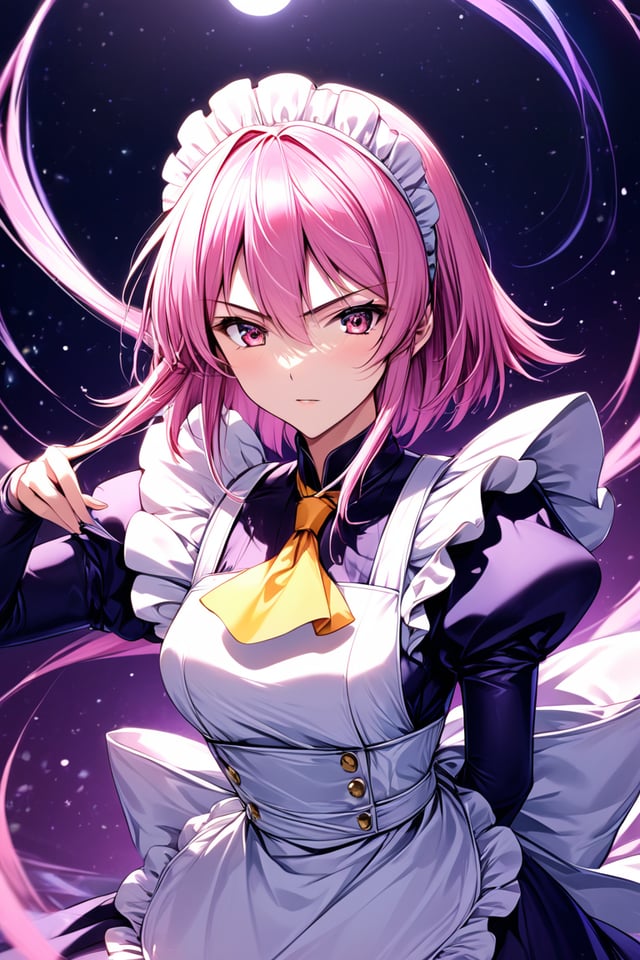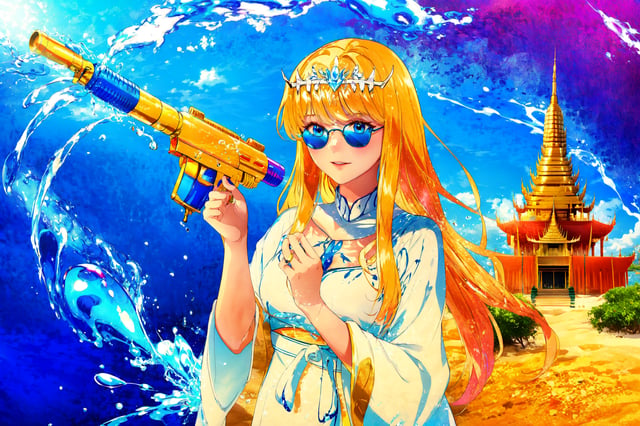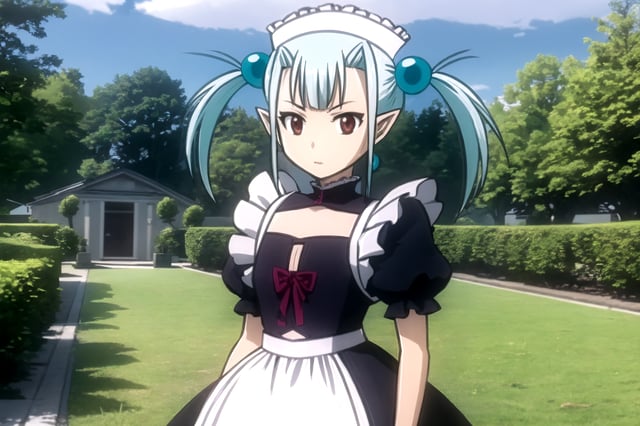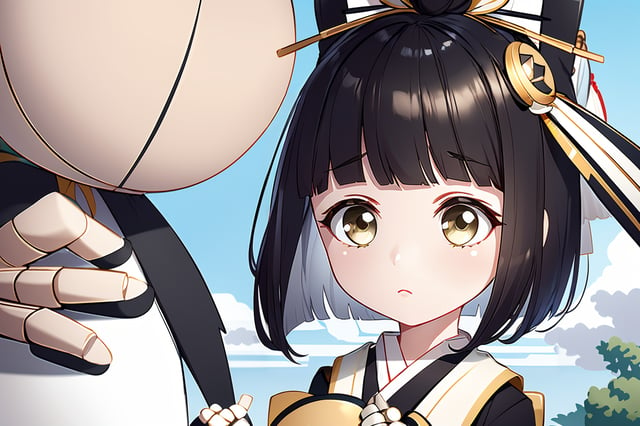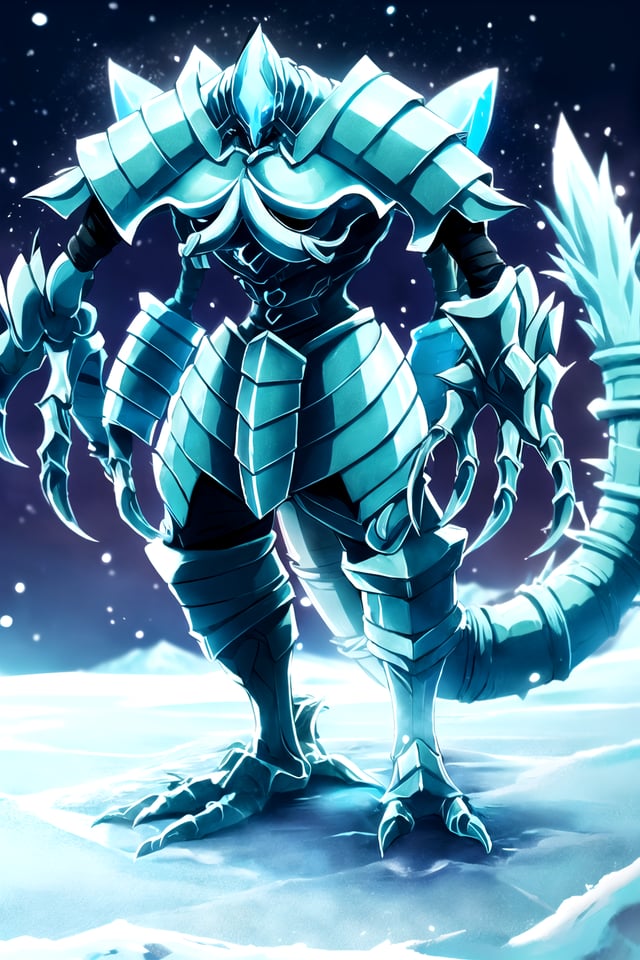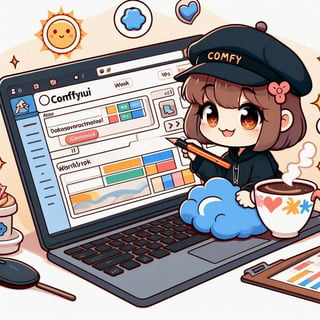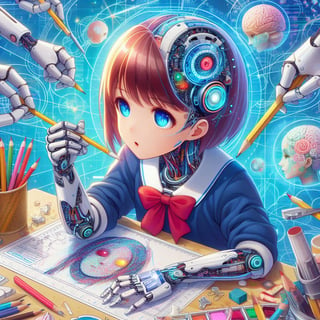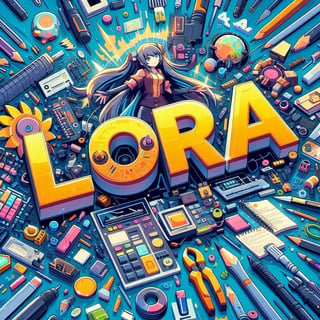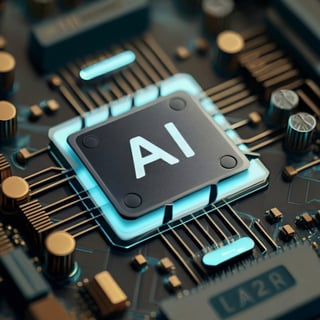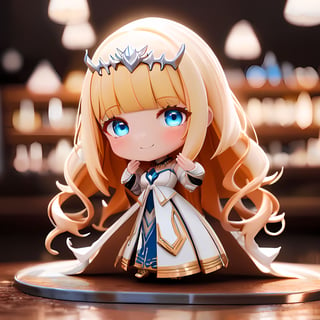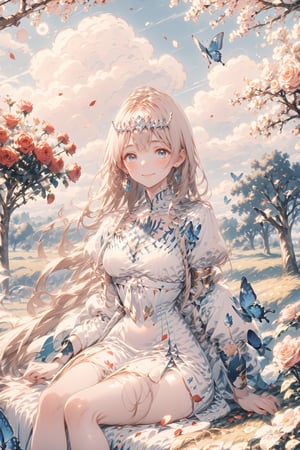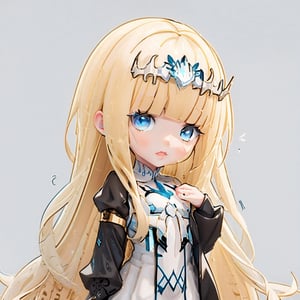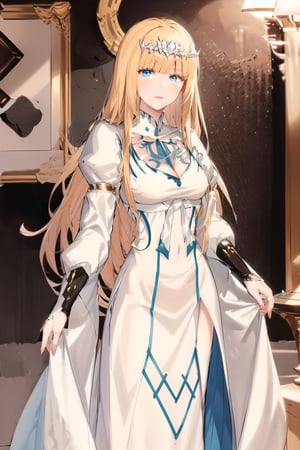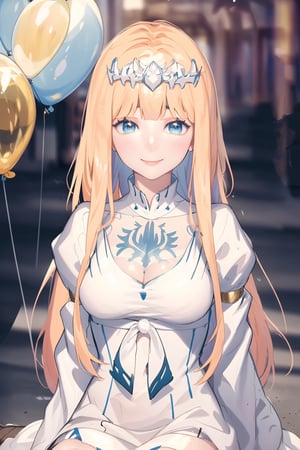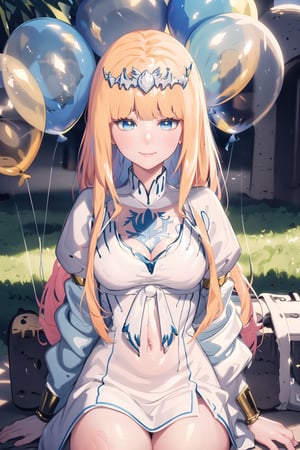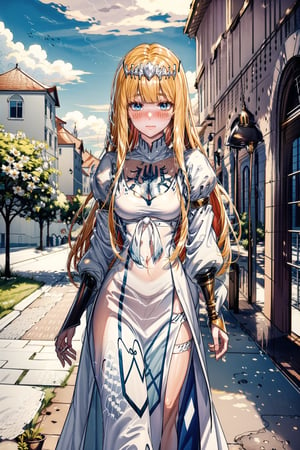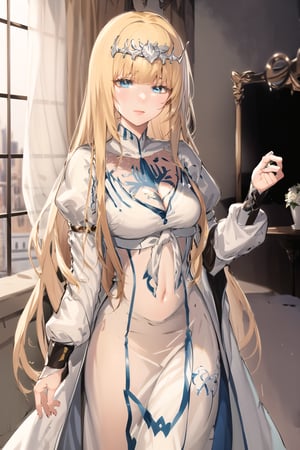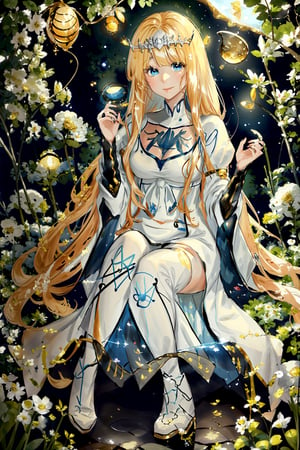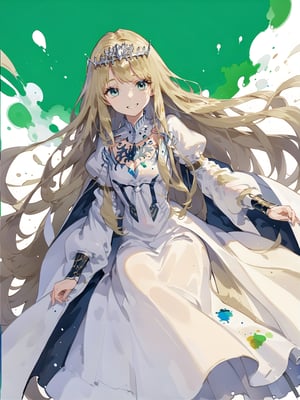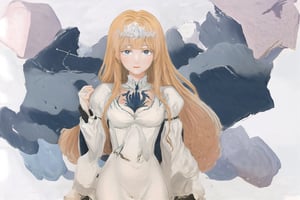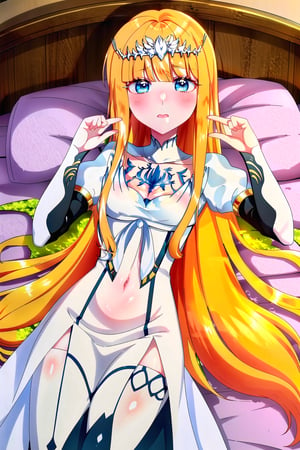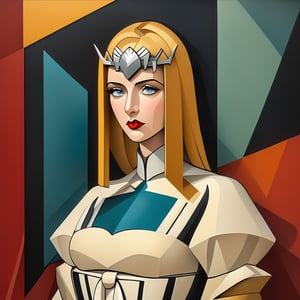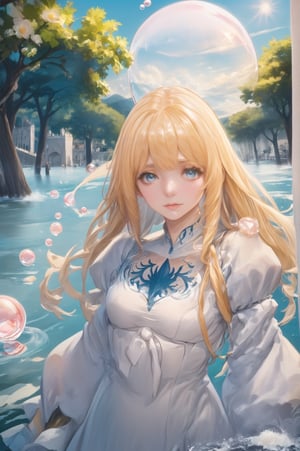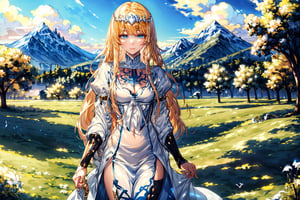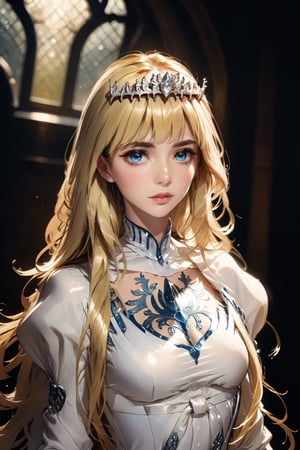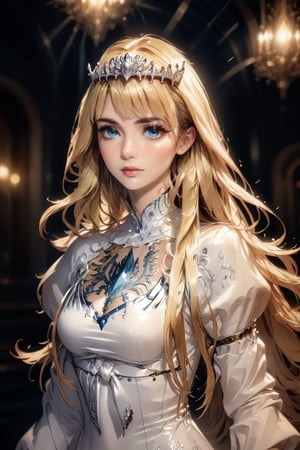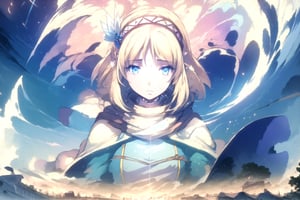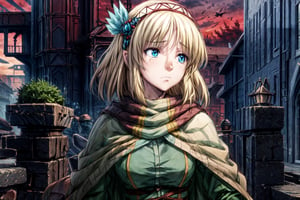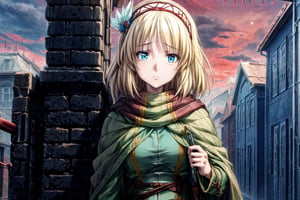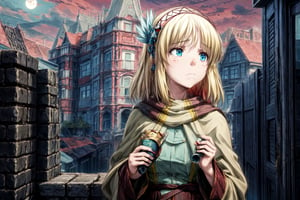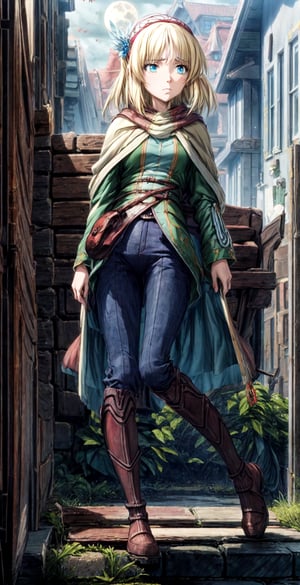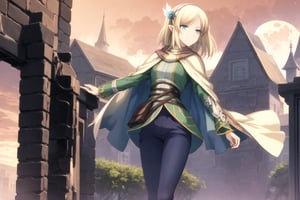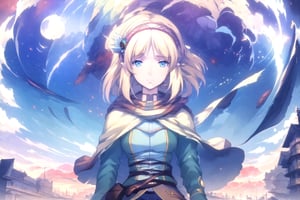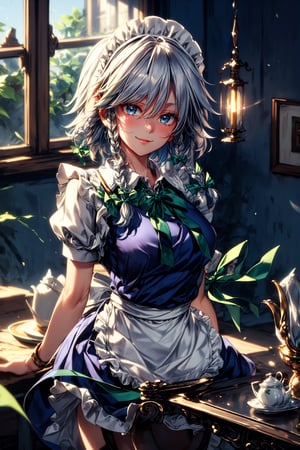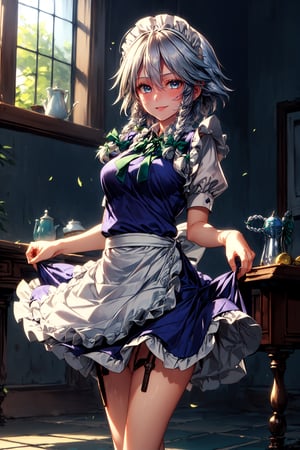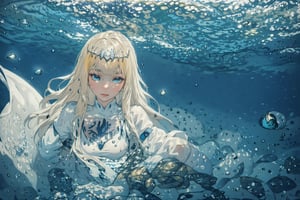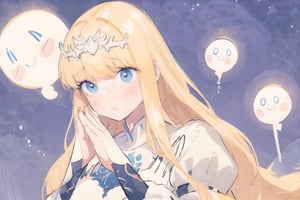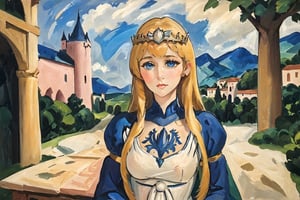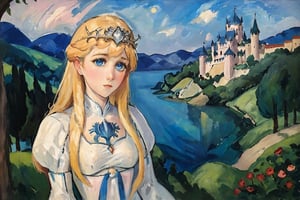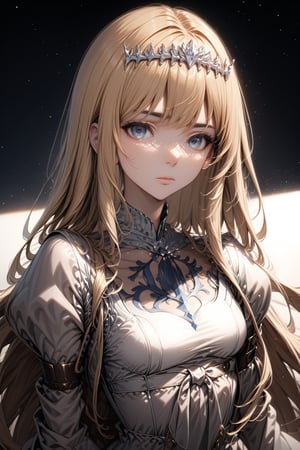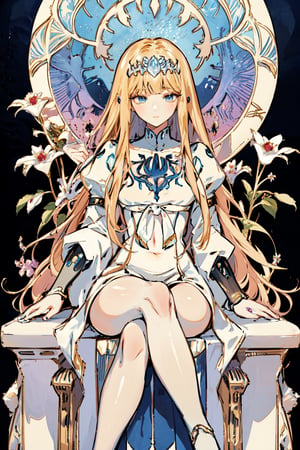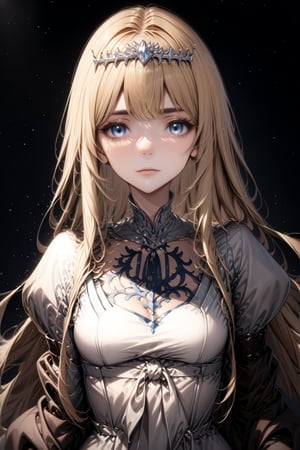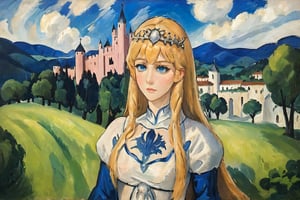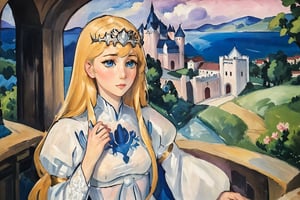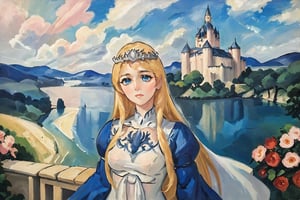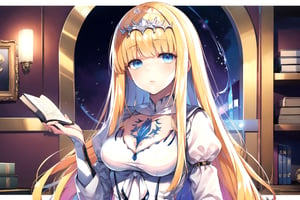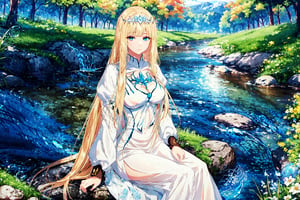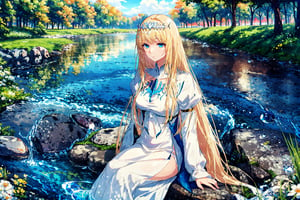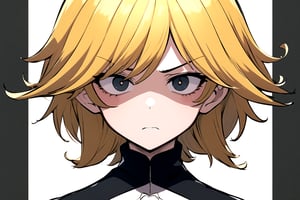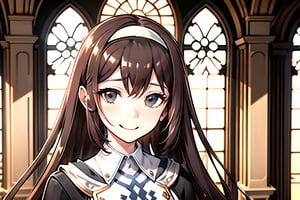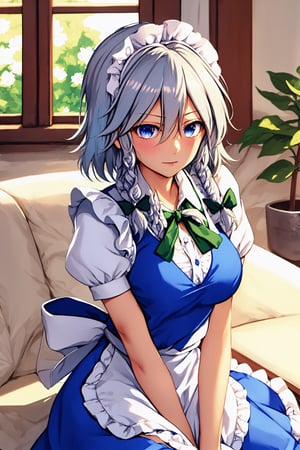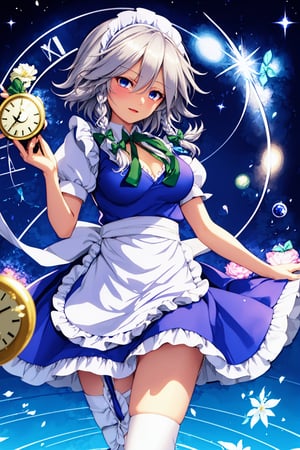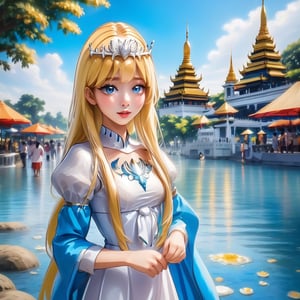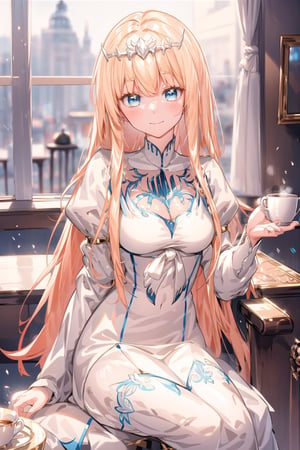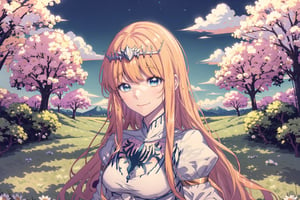The Concept of "Waifu" & The Announcement of the release of my Overlord fanfiction
Definition and OriginThe term "Waifu" (ワイフ) is derived from the English word "Wife." In Japanese, "wife" is typically written as "妻" (Tsuma) or "嫁" (yome). The term "waifu" is a Japanese loanword that has been adopted into the otaku subculture. It specifically refers to a fictional female character from anime, manga, or video games that someone has great affection for and sometimes imagines as their spouse.Cultural SignificanceIn otaku culture, a "waifu" represents more than just a favorite character; it symbolizes a deep emotional connection. This phenomenon isn't unique to Japanese culture; similar concepts exist in various fandoms worldwide. The term gained popularity on English-speaking internet forums around the early 2000s and has since become a staple in discussions about anime and manga.Calca Bessarez (from Overlord) - My beloved WaifuWhy People Have Waifus?Emotional ConnectionThe emotional bond between a fan and their waifu can be profound. This connection often stems from the character's personality traits, backstory, or appearance that resonate with the fan's ideals or desires. In some cases, fans find solace and comfort in these characters, especially when real-life relationships are challenging or unsatisfactory.Escapism and IdealizationFor many, waifus serves as an escape from reality. The fictional nature of these characters allows fans to idealize and project their fantasies onto them without the complications of real-life relationships. This idealization can include attributes such as unwavering loyalty, kindness, or other virtues that might be hard to find in real life.Community and Shared InterestsBeing part of a community sharing the same interests can enhance the experience. Online forums, social media groups, and fan conventions allow the fans to discuss and celebrate their waifus. This sense of belonging and shared enthusiasm can strengthen the emotional bond with the character.Despite Calca's beauty as a waifu, she is only a minor character in Overlord with merely a single digit of human-made fan art over the past several years, apart from her ironic joke as "A Club" or "Holy Weapon" derived from her tragic fate in the real canon.Thanks to A.I. image-generating platforms like Tensor.art, Today I can create a hundred collections of her uploading to pixiv.net. Then found out later, that there are more than 100+ fan clubs following my account just for her picture.https://www.pixiv.net/en/users/103016459Statistics and TrendsPopularityThe concept of waifus has seen considerable growth in popularity, especially with the rise of social media and online communities. Websites like Reddit, 4chan, and specialized forums such as MyAnimeList have dedicated spaces where users can discuss their favorite characters. On Reddit alone, the r/waifuism subreddit has thousands of members sharing their thoughts and artwork related to their waifus.Merchandise and Economic ImpactThe affection for waifus has also led to a significant market for related merchandise. Fans purchase figures, posters, body pillows (dakimakura), and other memorabilia featuring their favorite characters. This market generates millions of dollars annually, highlighting the economic impact of this cultural phenomenon.Yeah. My Calca is a pitiful character in the real canon. Not much popularity even in the main fandom. Therefore, there is no real figure of Nendoroid of her. :PThe Psychology Behind WaifusAttachment TheoryAttachment theory can explain why people form strong bonds with fictional characters. According to this theory, the attachments we form in our early years can influence our relationships throughout life. For some, the secure and predictable nature of a relationship with a waifu can provide a sense of stability and comfort.Parasocial RelationshipsWaifus are a prime example of parasocial relationships, where one party (the fan) feels a deep connection to a character who cannot reciprocate the feelings. These relationships can be fulfilling and provide emotional support, much like friendships or romantic relationships in real life.Shuna (Tensei Shitara Slime Datta Ken) is also my Waifu. That is why I put her special role in the fan fiction "Overlord the Movie: The Last Guild War of Nazarick" (currently available in Thai language only)Criticisms and MisconceptionsPerceived ImmaturitySome critics argue that having a waifu indicates immaturity or an inability to form real relationships. However, this perspective overlooks the complexity of human emotions and the various ways people find happiness and fulfillment. For many, the relationship with a waifu is a complement to, rather than a replacement for, real-life interactions.Objectification ConcernsAnother criticism is the potential for objectifying fictional characters. While it's essential to approach this topic with sensitivity, it's also crucial to recognize that fans often appreciate their waifus for their personalities and stories, not just their physical appearance.Waifus in Media and Pop CultureAnime and Manga InfluenceAnime and manga are at the heart of waifu culture. Iconic characters like Asuka Langley Soryu from "Neon Genesis Evangelion," Hinata Hyuga from "Naruto," and Rem from "Re: Zero" have amassed large followings due to their unique characteristics and development within their respective stories.Video Games and Visual NovelsThe gaming industry, especially visual novels and dating sims, has also contributed significantly to the waifu phenomenon. Games like "Doki Doki Literature Club," "Persona" series, "Fire Emblem", "Blue Archive" and\"Genshin Impact" series allow players to interact with and often pursue romantic relationships with female characters, further blurring the lines between fiction and reality.Noelle from Genshin Impact - the Waifu from the game. Despite her limited role in her original story, she is also a character who appeared in my fan fiction.Waifu Wars and Community DynamicsDebates and DiscussionsWithin the waifu community, "waifu wars" are common. These debates involve fans passionately defending their favorite characters and often comparing them to others. While usually light-hearted, these discussions can sometimes become heated, reflecting the deep emotional investment fans have in their chosen characters.Artistic ExpressionFans express their admiration for waifus through various forms of art, including fan fiction, fan art, and cosplay. These creative outlets allow fans to explore their feelings and bring their favorite characters to life in new and personal ways.The Future of Waifu CultureTechnological AdvancementsAs technology advances, how fans interact with their waifus is also evolving. Virtual reality (VR) and augmented reality (AR) technologies are creating more immersive experiences. For instance, VR platforms like VRChat allow users to interact with avatars of their favorite characters in virtual spaces, making the experience more interactive and engaging.AI CompanionsArtificial intelligence is another frontier in waifu culture. AI-driven applications like Replika or more specialized programs designed to simulate interactions with anime characters are becoming increasingly sophisticated. These developments may lead to even deeper connections between fans and their digital companions.What brings me to the A.I. image-generating platform is the fanfiction "Overlord the Movie: The Last Guild War of Nazarick" dedicated to my Waifu.Interestingly, within just 1 year, the technology goes beyond my imagination allowing the one who cannot draw an impressive picture to make Calca's LoRA both in SD1.5 and SDXL together with her fictional husband to achieve the masterpieces of art!!!!So here's come the ANNOUNCEMENT, If there is anyone interested in her story, feel free to visit the link below (The original Thai version + The Eng A.I. roughly translated version for a few sub-chapters as an example without human proof-reading)https://writer.dek-d.com/UthaiYama/writer/view.php?id=2475758https://writer.dek-d.com/UthaiYama/writer/view.php?id=2522668P.S. The full translation process would be in this winter after the release of The Real Overlord The Movie: The Sacred KingdomConclusionThe concept of a waifu is a multifaceted phenomenon rooted in emotional connection, cultural practices, and technological advancements. While it may be easy to dismiss as mere fandom, the waifu culture offers insights into how people find comfort, escapism, and community through fictional characters. As the digital world continues to evolve, so too will how fans connect with and celebrate their waifus, ensuring that this unique aspect of otaku culture remains vibrant and dynamic.Additional Resources and ReadingFor those interested in exploring the concept of waifus further, here are some recommended resources:Books and Articles:"Otaku: Japan’s Database Animals" by Hiroki Azuma explores the broader otaku culture and its implications."Fandom Unbound: Otaku Culture in a Connected World" by Mizuko Ito, Daisuke Okabe, and Izumi Tsuji delves into various aspects of fan culture, including waifus.Websites and Forums:Reddit: Subreddits like r/waifuism and r/anime provide communities for discussion and sharing.MyAnimeList: Offers extensive databases and forums for anime and manga fans to discuss their favorite characters.Documentaries and Videos:"Akihabara Geeks" is a documentary that provides a glimpse into the otaku culture in Tokyo's Akihabara district, a hotspot for anime and manga fans.Various YouTube channels dedicated to anime culture often feature discussions about waifus and its significance.The waifu phenomenon is a testament to the power of fiction in shaping human emotions and interactions. Whether through the lens of psychology, economics, or social dynamics, the study of waifus offers valuable insights into contemporary digital culture.






